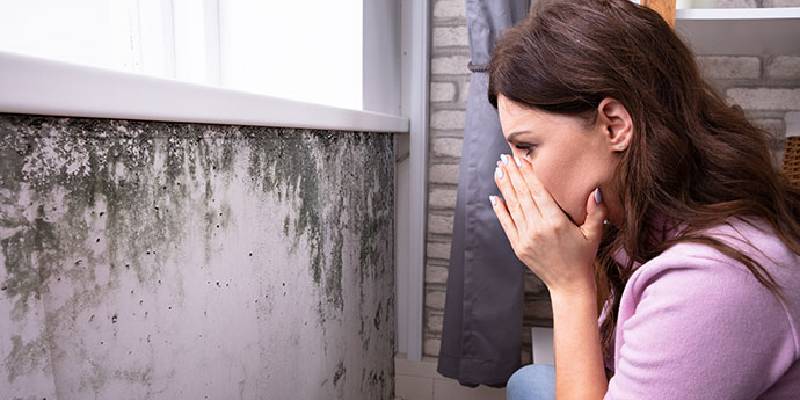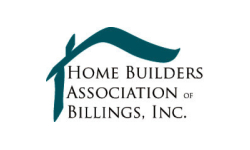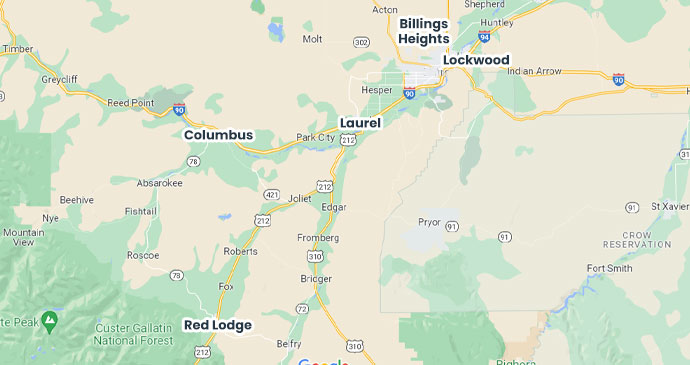"Luckily I have never needed to use a restoration company, but as someone who has worked closely with Alpha Omega, they have treated my clients very well, and have always been honest and very transparent. Although their whole team is very professional and punctual, Carissa and Sonya have been great to work with."
Should I Worry about Mold behind Drywall?

Mold is very common in nature and can be found basically anywhere the conditions are right for it to grow. Mold in your home is a different matter.
Mold spores are small and travel easily. They spread from the mold that’s common outside to reach the inside of your home, seeking the conditions that can let them grow. However, the conditions suitable for mold growth should not exist in your house. When you have mold growing anywhere in your house it means that there is a problem. This means that there are two important reasons why you should worry about mold behind your drywall. First, you should worry about the potential health effects of the mold itself. Second, you should worry about what the presence of mold indicates about the conditions in your house.
Health Effects of Mold in Your Home
It’s important to understand that the health effects of mold in the home have been exaggerated in the past. Mold can cause significant health effects. In some cases, these effects may be serious. However, serious mold exposures are typically limited to people with known risk factors, such as:
- Mold allergy
- Suppressed or compromised immune system
- A history of respiratory conditions
People with a mold allergy can have a serious allergic response to mold exposure. This may include respiratory difficulties, even anaphylaxis, which can be life-threatening. If you have a mold allergy, you need to be very vigilant about mold growth. People with a weakened immune system are vulnerable to fungal infections. Our lungs are potentially a good place for mold to grow – it’s warm and humid with a plentiful food supply – but the human immune system is typically too strong for it to take hold. However, people with a weakened immune system might develop a fungal infection, which can be very dangerous once it starts.
Common Symptoms of Mold Exposure
For most people, though, mold exposure causes much more mild symptoms. These may include:
- Congestion
- Irritation of the skin and eyes
- Cough
- Throat irritation
- Difficulty breathing
- Fever
- General feeling of fatigue or poor health
It’s easy to confuse these symptoms with a cold or the flu. Initially when you experience symptoms, it makes sense to treat it as if it is a cold or the flu. However, if the symptoms persist, you should suspect mold or some other environmental allergen.
If you’re experiencing symptoms related to mold exposure, professional mold remediation can remove the mold and end your symptoms.
Damaging Effects of Water behind Drywall
However, another reason to be worried about mold behind drywall is what it tells you about the conditions inside your wall.
Mold can only grow where there is enough water to support it. This means that when you have mold growing behind drywall, you have excess water behind your wall. The visible mold growing on the back of drywall or the wrapping of insulation is only a small fraction of the fungal growth in your wall. Mold might also be growing inside the wood of your walls.
Although water is an essential element for mold growth, mold does not live on water alone. Mold needs other nutrients to survive, and it can get these by breaking down the material it’s growing on. As the mold grows, the wood it is growing on will get weaker and weaker until it is no longer strong enough to perform its structural function. This can make the wood weak enough to break or even make the wall collapse. In a load-bearing wall, the collapse could affect the house generally, causing every floor at or above the water damage to cave in.
Evaluating the Severity of Mold Damage
Not all mold damage behind the walls will require urgent repairs. It’s important to identify when your damaged studs or joists will need repairs, replacement or additional treatments.
First, inspect around the wood. Do you see piles of sawdust? If so, look at the wood itself for tiny holes. This is a sign that some type of pest has made its home in your house’s woodwork.
Next, inspect the wood itself. You may be able to see mold growing on the wood, but not always. If you see extensive mold growth on your woodwork, contact a restoration professional. Even if you don’t see mold, though, you should test whether mold has damaged the wood. Take a nail and try to push it into the wood in any place that looks or feels wet. If the nail penetrates any significant amount into the wood, you need to have a restoration professional evaluate the damage.
Help with Water Damaged Walls
If you have discovered mold behind your drywall, you need to not only eliminate the mold, but also locate the source of water that is sustaining it. Alpha Omega Disaster Restoration has extensive experience tracking down the source of damaging water and can help you figure out whether water is coming from a leaking roof, faulty plumbing, dripping air conditioners, or more. We can conduct repairs at the source of the water to stop it from spreading behind your walls. We can also perform mold remediation to stop the spread of the organism.
Alpha Omega Disaster Restoration is the leading restoration company in Billings, with over 50 years of combined experience in the restoration industry. We offer 24/7 emergency response, so we can be on the scene as soon as you discover mold damage to evaluate the extent of the problem and start repairs. We can handle every aspect of the restoration process, from finding and repairing the source of the water to repairing water damaged walls to replacing drywall to the final finishing touches to make your wall look as good as new. Alpha Omega also uses the latest technology and techniques that the restoration industry accepts as best practices.
Alpha Omega can also coordinate with your insurance company. We can extensively document the damage and all the repairs so that you will get compensation in the full amount covered by your property: there will be no delay or reduction in payment because of a lack of documentation.
To learn more about how Alpha Omega can help you deal with mold behind your drywall, please contact us today.













